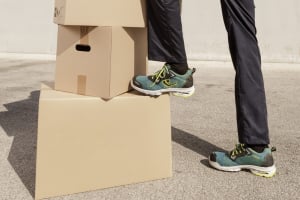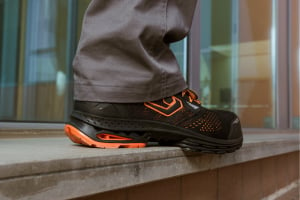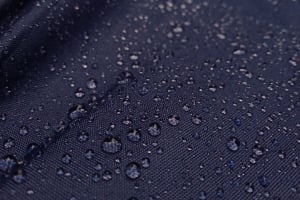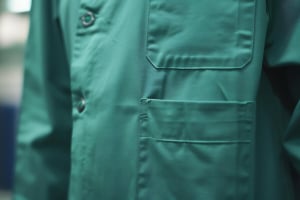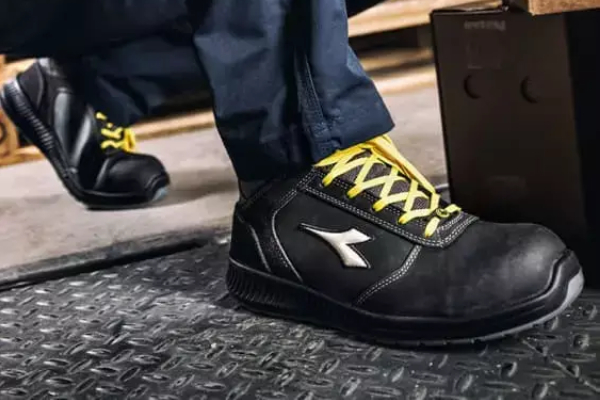
Safety standards for work shoes
Like workwear, choosing work shoes (safety trainers, safety boots or whole shoes) should not be rushed. This equipment not only protects you from external aggressions, but also ensures comfortable and stable walking. By favoring suitable professional shoes, you can avoid pain, false movements, fatigue and the feeling of discomfort. Considered as PPE, they are governed by specific safety standards in order to guarantee wearers undeniable protection.
What are the characteristics of safety shoes?
The safety shoes are governed by European standards EN ISO 20345 and 20347 aimed at ensuring the protection of carriers of occupational risks.
What is ISO 20345?
ISO 20345 compliant shoes have a protective shell or toe cap, located at the end of the shoe, just above the toes. The latter protects the feet from falling objects of 200 joules.
In addition, these shoes are marked S for safety and are divided into different categories or classes, namely SB, S1, S2, S3, S4 and S5. There are also other additional requirements like SRC, CI, HRO, WRU, ESD, etc.
SB Safety Standard
The SB standard is generally applied to clogs, and requires the presence of a toe cap resistant to an impact of 200 joules.
Standardized S1 safety shoes
The S1 standard is the basis for all existing safety shoes. It concerns models of footwear used in dry environments and protecting the feet from the risk of crushing. Intended for indoor work, this PPE has a protective toe, a non-slip sole and anti-shock, and a closed back.
The S1P standard for professional logistics shoes
In addition to taking advantage of the S1 standard criteria, these shoes protect the feet from metal projection and perforation. Their soles are made from composite or metal, and feature antistatic property and excellent energy absorption .
The S2 standard for safety shoes dedicated to professionals in the food industry
This standard concerns the basic requirements of the S1 standard and additional protection. Due to its use in humid environments, it requires safety shoes to be waterproof.
The S3 standard for construction and green space safety shoes
In addition to the essential requirements of the S2 standard, the soles of safety shoes governed by the S3 standard are slip-resistant, waterproof and shock-resistant. This standard also protects against the risk of perforation thanks to the presence of a protective shell on the tip.
The S4 standard
Safety shoes conforming to the S4 standard are made of polymer or rubber. They have anti-static properties, a protective toe cap, a closed back and a sole resistant to hydrocarbons and oils.
The S5 standard
The S5 standard concerns S4 requirements with a studded sole and unfailing resistance to water penetration and perforation.
HRO and CI safety shoes
These standards certify the heat insulation of footwear up to 300°C.
The ESD standard for electrician's safety shoes
These PPE protect workers' feet from electrostatic discharge.
WR, WRU and CI safety shoes
These are waterproof shoes resistant to cold and water immersion.
What are the ISO 20347, SRA, SRB and SRC standards?
Among the fundamental requirements of the EN ISO 20347 safety standard stand out the non-slip properties. Each pair of work shoes meeting this standard must therefore pass one of the following slip resistance tests:
- SRA: test on a ceramic floor covered with water and detergent;
- SRB: test on a flat steel floor full of glycerin;
- SRC: the combination of the two.
What is the difference between an S1 P and S3 safety shoe?
The S1P standard governs work footwear that can be worn indoors and outdoors. a dry environment, and which are resistant to mineral oils and hydrocarbons. These shoes also have antistatic properties with an anti-perforation sole and an energy-absorbing heel.
The S3 standard safety shoes are designed for outdoor use and a humid work environment. Their soles are anti-perforation and non-slip, and they have a shock protection toe cap and a resistant water-repellent upper.


